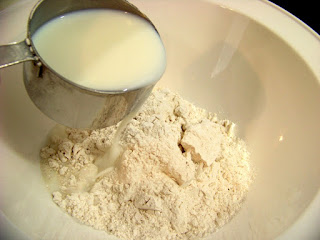Facts About The Akwete ( Igbo ) Fabric.
Before the introduction of coinage currency in Igboland, cloth was used as trade, good and currency item. It is worn for body beautification and decoration, and for ceremonies. Cloth is also a material of great economic, cultural, political and social importance.
Cloth weaving is an ancient craft of the Igbo people dating to the early new stone age when Igbos learnt to make a rough kind of clothing from the fibers of flax plants. However, these days, raffia and cotton are most-widely used for cloth-weaving in Igboland.
In times past, Igbos, were famous for Akwete traditional fabric weaving. Akwete is a local homespun cotton cloth worn by men as narrow-strip cloth, usually woven with vertical stripes in different colours on background colour.
Below are some facts about the #AkweteFabric
1. Akwete fabric is a unique handwoven textile produced in igboland. Its name is gotten from its town of origin. Akwete in Abia State, South East Nigeria.
2. Akwete weaving is done on a loom. There are two types of looms, the horizontal loom used by men and the vertical loom used by women as seen in the picture above. Although traditionally, women did all the weaving.
3. Akwete cloth is made of cotton thread. The Moe decorative motifs are produced with cotton threads of a heavier texture or rayon silk.
4. Social status plays a heavy role in the wearing of Akwete cloth. Certain motifs were reserved for royalty (e.g Ikaki) or used as talisman to protect warriors or pregnant women (e.g ebe). Some patterns are reserved for special families or occassions.
5. Most weavers claimed that motifs were revealed to them by the gods. They were seen as gifts of creative inspiration from a divinity. As a result of this, no one was allowed to copy or replicate a design. So most motifs died with the creator because they have an unwritten copyright.
Footnote: I wonder why we've lost our sense of history and culture in Nigeria. Rather than reviving our indigenous fabrics, we're busy chasing after the "Vliscos" and "Davivas" of this world. I bet young folks of my generation have no clue about these vintage fabrics and am not speaking to the Igbos alone. Nigerians, arise! Let's make this nation great again. Let us go back to those things that made each region prosper rather focusing our attention alone on crude oil as our only source of revenue. #deepthought
Watch out for more posts like this.
Ciao! ☺






Comments
Post a Comment